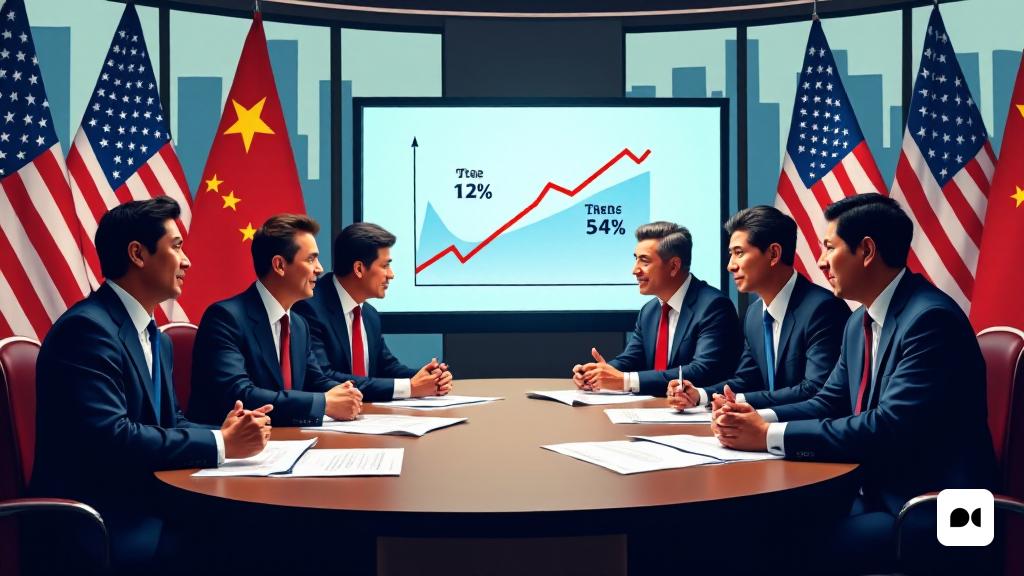A new strategy in international trade
From Wednesday, the United States has decided to implement a significant reduction in tariffs applied to imports of small packages from China, from 120% to 54%. This change occurs just after an agreement between Washington and Beijing to temporarily stop the hostilities in the trade war that has marked the relations between the two powers.
Impact on companies and the market
With this new policy, imports that do not exceed $ 800 will benefit from a minimum $ 100 rate, a measure that will allow Chinese companies like Shein and Temu to recover competitiveness in the US market. Previously, these companies had found a legal gap to export without tariff until, in February, former President Donald Trump increased rates to unprecedented levels.
Key and future talks of trade
After intense days of negotiation in Geneva, an agreement has been reached that implies a 90 -day break in commercial tensions. Both nations have pledged to reduce their tariffs by 115%, a step that opens the door to possible advances in commercial relations.
A dialogue that could change the rules of the game
President Trump plans to meet with his Chinese counterpart, Xi Jinping, at the end of this week, with the aim of fostering a climate of decame in the conflicting commercial relationship. Although it has ruled out increasing the tariffs by 145%, it has left the door open to future reviews based on the evolution of the dialogue.
THE GIR OF COMMERCIAL POLICY
Trump’s policy, which had previously promoted tariffs of more than 20% against several countries, including a drastic increase against China, has experienced a significant turn. This revaluation is due to the volatility in the markets and the economic pressures, which have led to a review of commercial strategies.
A strategic justification
The President has defended his tariff policy as a negotiation tool for more favorable conditions for the United States, arguing that this approach could generate new jobs and encourage internal production. However, 10% tariffs over most imported products, as well as 25% on metal vehicles and materials, are still in force, except in the case of the United Kingdom, with whom a new trade agreement was recently launched.

